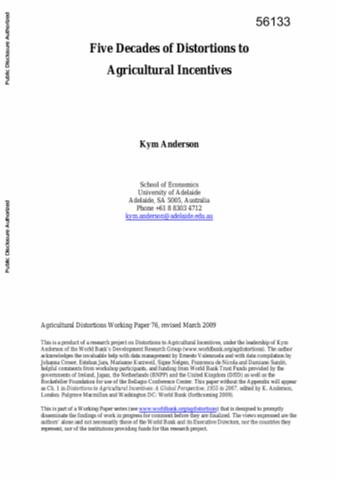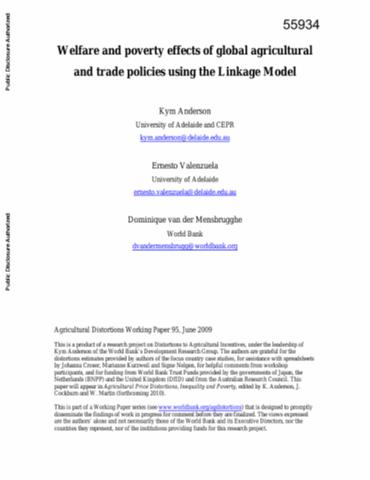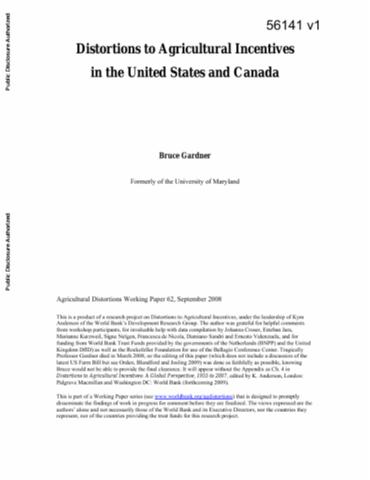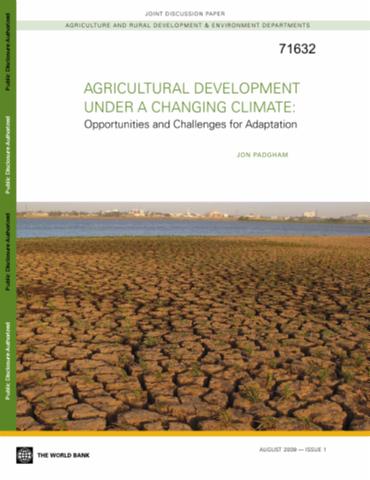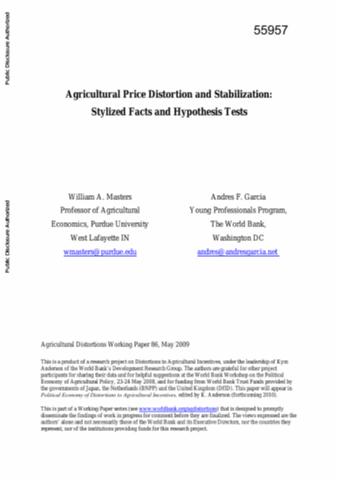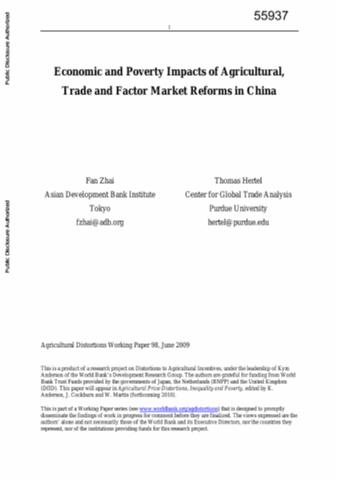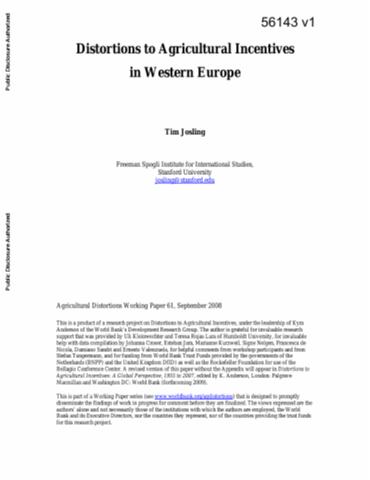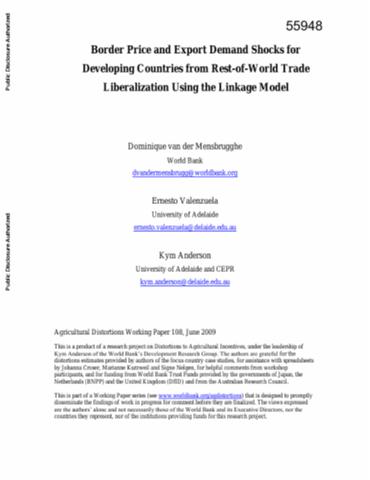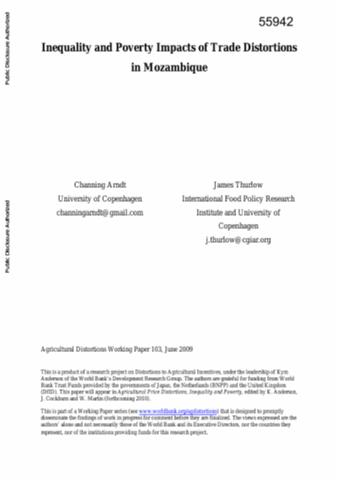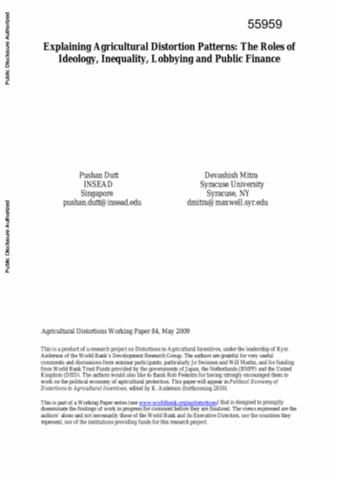Agricultural Activities, Water, and Gender in Tajikistan's Rural Sector
This social assessment (SA) was conducted under the Fergana Valley Water Resources Management Project (FVWRMP), which is providing assistance to the Government of Tajikistan to address irrigation and drainage deficiencies in Eastern Sughd. The main SA objectives were to understand how prevailing structures of water provision, land reforms, and gender relations impact rural livelihoods; to analyze experiences in establishing inclusive Water Users Associations (WUAs); and to provide recommendations to FVWRMP with the aim of enhancing its programs.


